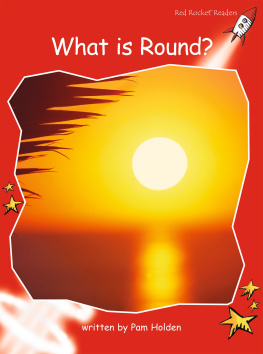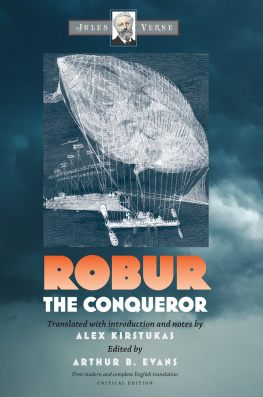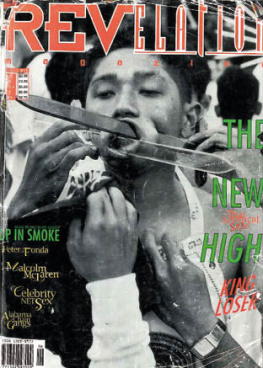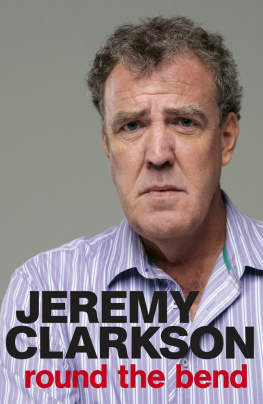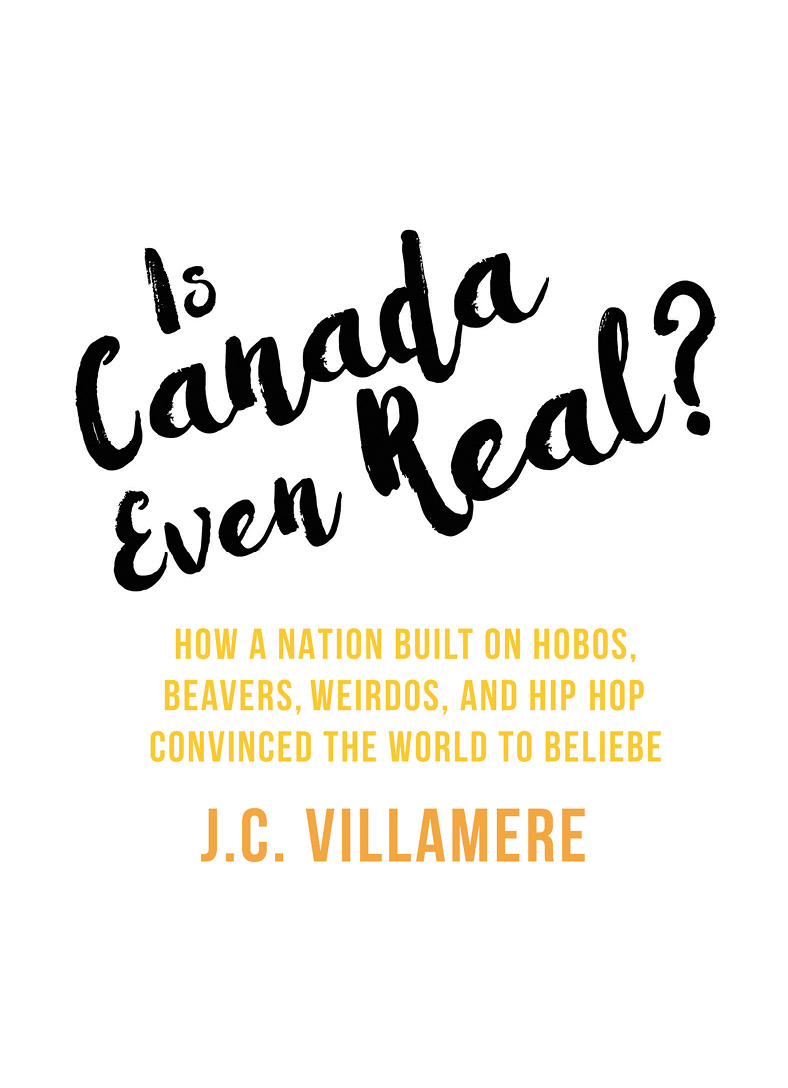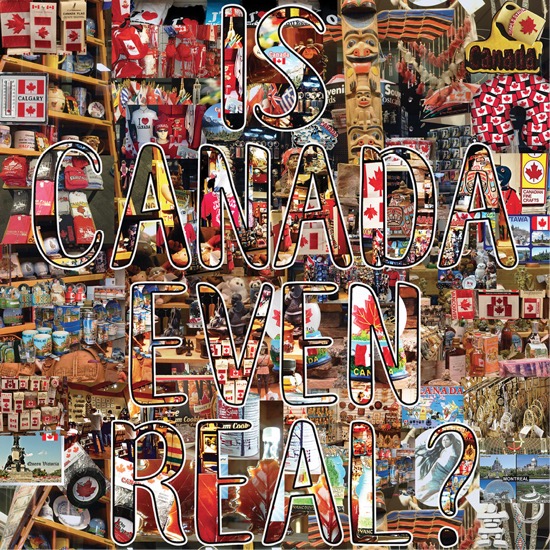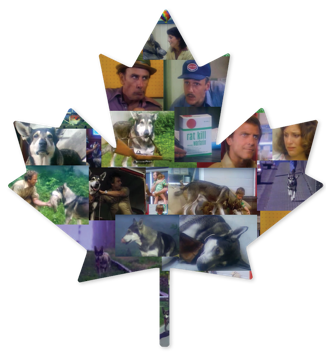Introduction
Is Canada even real?
Its a question that is being asked with increasing frequency as those outside our borders become aware of our waterproof, see-through , mythically maple-scented currency and our improbably hot prime ministers assertions that Santa lives here.
In an age of wiki, Google Maps, and #factcheck, how could the very existence of Canada be questioned? And yet, how could a nation built on beaver pelts exist in the same realm as, say, Belgium or Niger?
In May 2015, the National Post (one of three national papers located in Canada) ran an article entitled Experts Agree: Canada Is a Real Country. On the other hand, an ongoing argument at Debate.org addresses the question, If you die in Canada, do you die in real life? Currently, 79 percent of respondents say no.
At first glance, the cultural touchpoints covered in this book hobos, beavers, hip hop, weirdos, and mascots may seem scattershot. But upon closer consideration, these are no less random than a book that examines maple leaves, hockey, canoes, totem poles, and polar bears. This second collection of topics likely hangs more closely together in your mind as a reflection of Canada. But why? Consider this: if Canadas true cultural physiognomies made perfect sense to the common observer, few would debate its existence.
This book invites you to look past our past and see that Canada is no longer solely the icons in which we once saw ourselves. Fragments of Canada can be represented by lighthouses, totem poles, and inukshuks, but Canada is at its realest in the minutia of our shared memories and culture.
This book offers a petri dish of our culture for your inspection and reflection. It examines the factors behind the twenty-first -century monolithic myth of Canada, a nation that is wise, silly, and real even if only in your imagination.
Is Canada even real? Lets find out.
J.C. Villamere (rhymes with spill-a-beer)
ROUND ONE

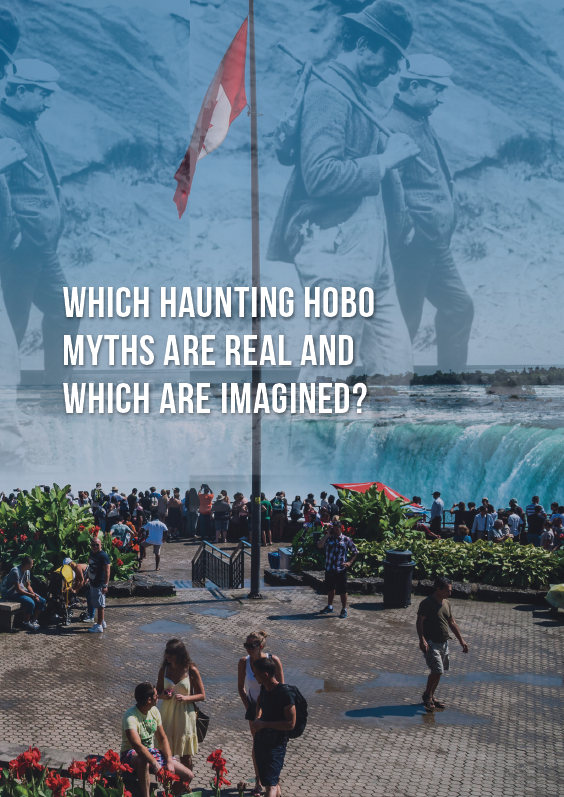
1
The Littlest Hobo: Our German Shepherd Guardian Angel TV star
T he year is 1979. Margaret Thatcher dramatically wins the British general election, becoming the first female prime minister of Britain. Skylab, NASAs first orbiting space station, returns triumphantly to Earth after soaring through the stars for more than six miraculous years. Pope John Paul IIs trip to his homeland of Poland sparks a revolution of conscience that transforms a nation.
Meanwhile, in Canada, television executives in Toronto launch a program that stars a German shepherd that travels from town to town befriending clowns, rescuing ballerinas, and foiling gold robbers.
On Thursday, October 11, 1979, The Littlest Hobo (French title: Le Vagabond ) premieres on CTV. The pilot episode begins, as each episode will, with Terry Bushs urban hymn Maybe Tomorrow. While most other dramas and comedies are shot on film, The Littlest Hobo is recorded on hard, cheap, bright videotape, a medium reserved for ephemeral (read: disposable) programming.
The opening credits are comprised of a modular montage that shows us, variously, Hobo trotting down a suburban street, Hobo running out of the woods, Hobo in the passenger seat of a convertible. He does not look glamorous, even in a convertible. He is all business. But he is not a business dog. We know this because he wears no tie, no glasses, has no briefcase. Just grab a hat, well travel light, thats hobo style, sings Bush, a wistful smile in his voice. But Hobo wears no hat. Not even a collar. Potentially the least anthropomorphized animal to ever capture the imaginations of both young and old, this dog never wears clothes and is known only as Hobo, or by nicknames bestowed by his short-term human companions.
The shows title appears in yellow brush-stroke font: The LITTLEST HOBO. Say the; Yell the rest .
We see Hobo leading a cow, Hobo placing a call, Hobo carrying a rifle. He swims in a lake, his ears smoothed against his nape. He is always moving, always onward. Hobo runs out of the woods, tongue out, panting as he surveys the scene. The next title card reads: Starring LONDON. (Yell it!)
A rainbow-bright hot-air balloon sits in the air. Is Hobo aboard? Wait, Hobo is swimming across a stream now; he emerges onto a rocky outcrop and shakes the water from his coat. Droplets of water arc out in all directions. It is a dramatic visual. It is the most dramatic visual you will see for the duration of the program. A dog shaking water off himself. Hold on to that. Hold dearly to that sense of wonder, that action.



